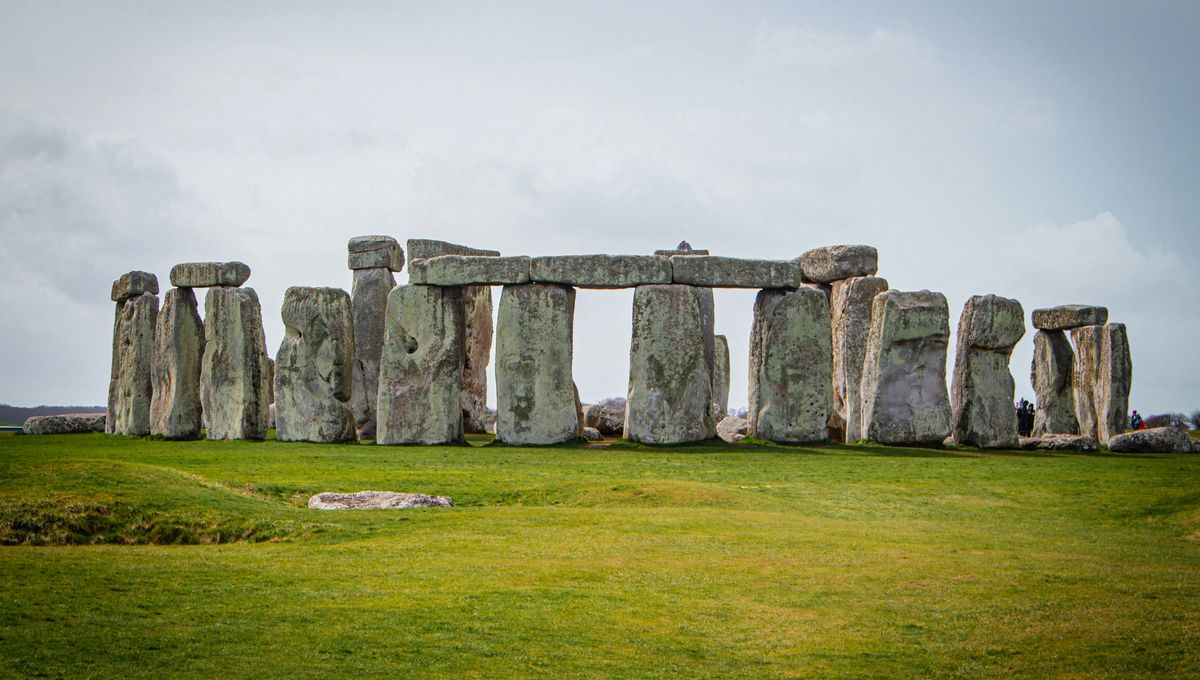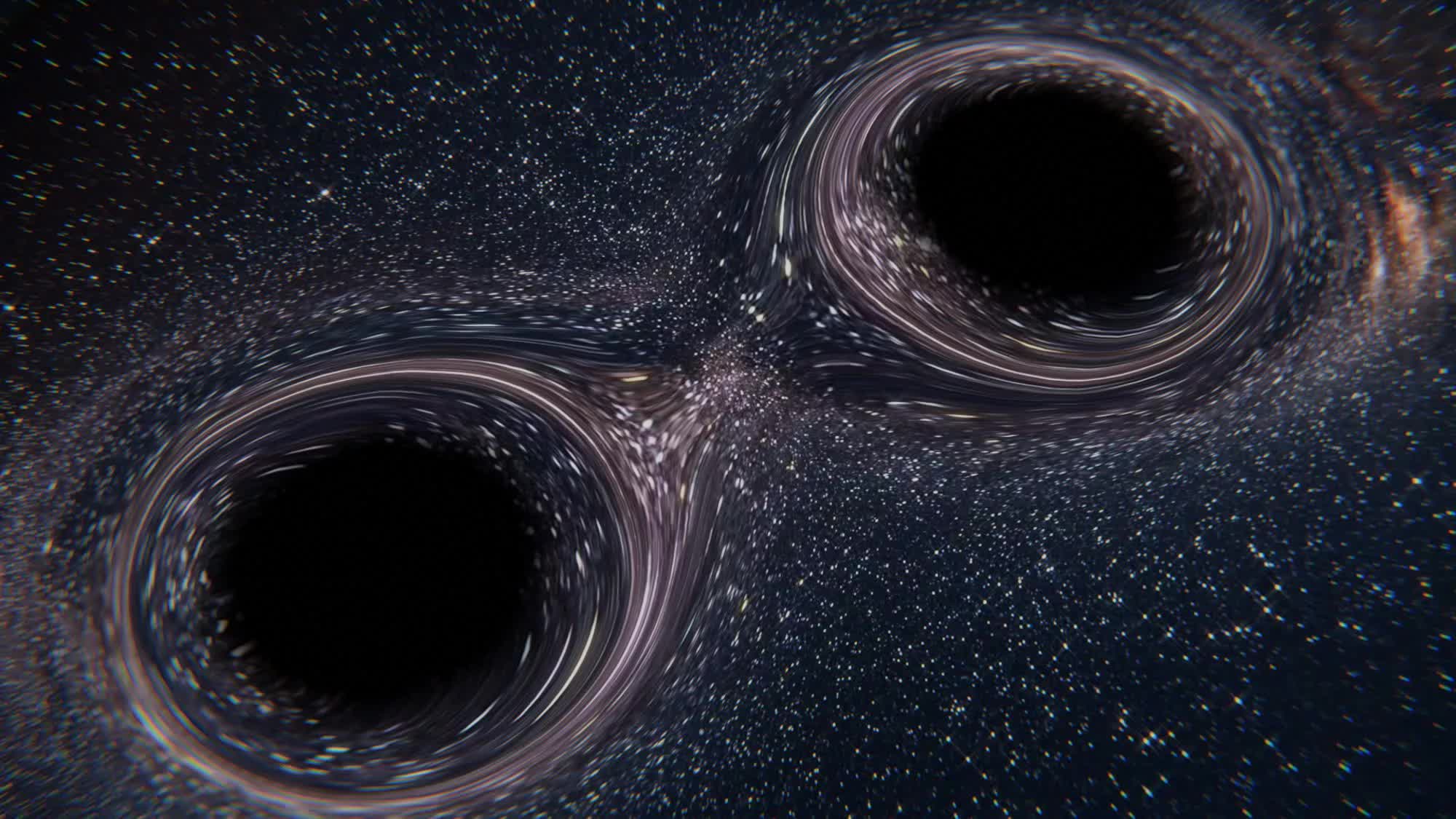T4K3.news
New Findings Challenge Stonehenge Transport Theory
A study disputes the glacial transport theory for the bluestones at Stonehenge.

A new study disputes the glacial transport theory of Stonehenge's bluestones.
New Analysis Challenges Theory of Ice Transport for Stonehenge Bluestones
A recent study has reignited the debate about how the famed bluestones at Stonehenge were transported. Researchers assert that the Newall Boulder, found on site, is more likely a product of human transportation rather than glacial movement. The Newall Boulder had previously been thought to support the theory that glaciers carried it to Salisbury Plain thousands of years ago. However, the authors of the new study argue that the geological features of the boulder align closely with rocks from the Preseli Hills, where the bluestones originated, indicating they were extracted and moved by humans around 3000 BCE. They claim there is no supporting evidence of glaciation in the area, questioning earlier findings that pointed toward glacial transport. This latest research adds weight to the idea that prehistoric communities actively quarried and transported the stones, challenging a long-standing hypothesis.
Key Takeaways
"We reiterate our earlier interpretation that the Newall boulder is not a glacial erratic."
This quote emphasizes the study's stance against the glacial transport theory.
"The evidence for prehistoric quarrying at Craig Rhos-y-felin is described as very strong."
This highlights the researchers' findings supporting human transportation of the stones.
This ongoing investigation highlights the complexities historians and archaeologists face in understanding prehistoric construction methods. The Newall Boulder serves as a focal point for discussions that not only regard Stonehenge's origins but also reflect on our ability to comprehend ancient human activities. As technology improves, so does our understanding of the past, yet it also opens the door for further challenges to accepted theories. The clash between the glacial and human transport theories illuminates the broader narrative of human ingenuity in overcoming environmental challenges.
Highlights
- Newall Boulder brings clarity to Stonehenge's transport mystery.
- Is human ingenuity revealed in the stones of Stonehenge?
- Blasting the ice theory: humans moved the bluestones.
- Archaeological findings challenge long-held beliefs about Stonehenge.
Scientific Dispute Over Transport Theory
The ongoing debate about how the bluestones were transported raises concerns about historical interpretations and archaeological funding.
The implications of this study may reshape our understanding of Neolithic engineering.
Enjoyed this? Let your friends know!
Related News

New insights suggest planets may have synchronized orbits

New Fossils in China Upend Human Evolution Theories

Edinburgh University linked to creation of racist theories

Astronomers discover new object in outer solar system

LIGO detects groundbreaking black hole merger

Astronomers unveil new cloud in the Milky Way

New Theory Rewrites Human Evolution History

Study Reveals Possible Size of Early Dinosaurs
